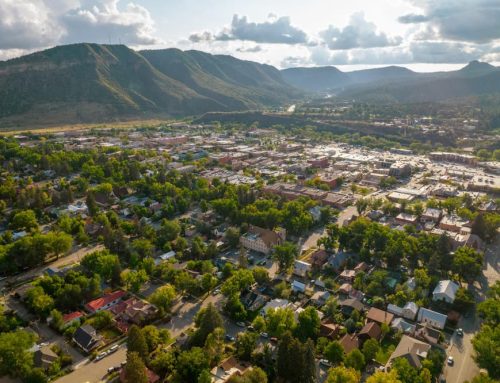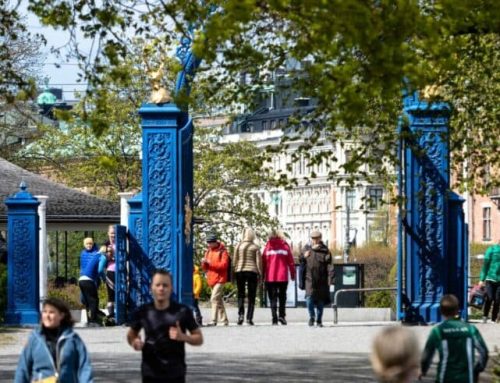Destination Stewardship Report – Spring 2023 (Volume 3, Issue 3)
This post is from the Destination Stewardship Report (Spring 2023, Volume 3, Issue 3), a publication that provides practical information and insights useful to anyone whose work or interests involve improving destination stewardship in a post-pandemic world.
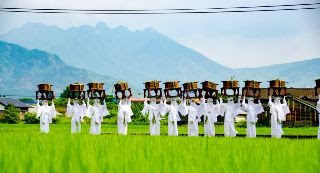
The Onda Matsuri festival celebrates rice-planting and hopes for a good harvest. [Photo courtesy of Green Destinations]
“Agriculture x Tourism” Helps Protect Thousands-Year-Old Grassland in Aso, Japan
Another winner from the Top 100 – Every year, Green Destinations organizes the Top 100 Destination Sustainability Stories competition, which invites submissions from around the world – a vetted collection of stories spotlighting local and regional destinations that are making progress toward sustainable management of tourism and its impacts. From the winners announced this year, we’ve selected two more stories, this time from Japan and Australia, that showcase different reasons for engaging the local community. Synopses by Samantha Bray. Top 100 submission by Akinobu Ishimatsu, Manager, Tourism Division, Economy Department, Aso City Hall.
Stewarding the land using traditional practices
A symbiotic relationship between people and the land has existed in Aso, Japan, for 13,000 years. Featuring an active volcano and the largest grasslands in the country, locals have long stewarded the area through traditional agricultural practices of animal grazing and grass harvesting. However, in recent years the grasslands have rapidly converted to forest as rural communities face difficulty in maintaining their livelihoods, the number of grazing animals decline, and access has been limited over concerns of rare plant theft and possible disease transmission to cattle and horses. Many younger residents have turned to different economic opportunities or moved away, leading to an aging population and lack of skilled farmers.
Amid the challenges, tourism has remained a draw, with the top three Aso sites on TripAdvisor connected to the grasslands. Recognizing the natural and cultural heritage value of this unique ecosystem, could thoughtful and strategic tourism help increase conservation and utilization? A training program offered through the Global Sustainable Tourism Council helped locals explore and implement solutions.
In part, steps taken to integrate agriculture and tourism have included:
- The GSTC training brought together locals, government agencies, nonprofits, tourism businesses, and associations to understand and discuss sustainable tourism and its practical implications in Aso.
- Following the four sections of the GSTC criteria – sustainable management, socio-economics, cultural development, and environmental sustainability – stakeholders decided on a “Plan-Do-Check-Act” (PDCA) cyclical process to establish a foundation, implement, and continuously improve the project.
- The group formed a shared philosophy, principles in action, rules and compliance, and guidance for interpretation, to structure day-to-day activities.
- A broad range of international, national, and local authorities and experts were consulted to build capacity and support, inform decision-making, and access funding.
- The Aso Caldera Tourism Promotion Council was established by stakeholders in 2020 to continue driving the work, based in cross-sectoral cooperation.
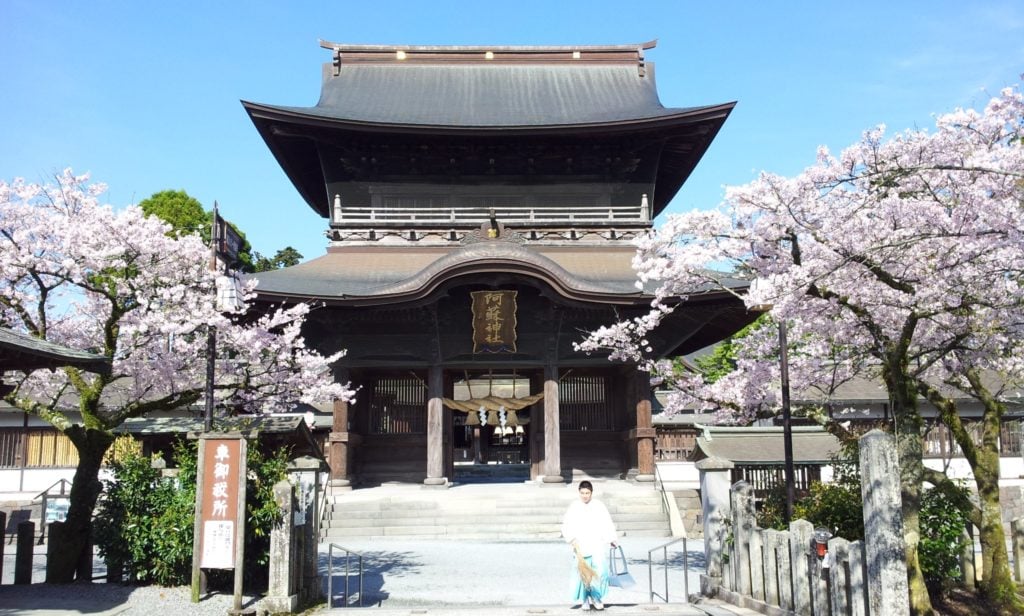
The Aso Shrine, one of the oldest and most significant shrines in Japan. [Photo courtesy of Green Destinations]
Results
While there is still some hesitancy to accept grassland conservation and utilization through tourism, a commitment to collaborative process and positive outcomes have made the compatibility more visible. Several pilot projects have been implemented. To revive traditional activities through tourism, the threatened cultural activity of “Kusadomari” was offered. Kusadomari is a temporary conical structure made of grass and bamboo, which, in the days before automobile use was popularized, were built for accommodation amid agricultural practices. Following guidelines, a small number of tourists have been able to enter the grasslands and assemble Kusadorami with farmers, allowing for sustainable overnight visits. In addition, within the town of Aso, six lodging facilities were renovated to increase energy efficiency and environmental friendliness. To decrease the use of private cars, small buses were offered and successfully used on a trial basis to access key attractions.
As interest in grassland tourism activities have grown, it has become more acceptable for farmers to receive fair compensation for maintaining traditional activities. Additionally, of the experience fees collected, 12% was paid to the pastoral cooperative as a conservation fee. “Agriculture x tourism” is now being promoted in six of 66 pastures in Aso City, and 88 people have been paid as guides.
Perhaps one of the greatest successes of this initiative has been the increased understanding of holistic sustainability among stakeholders, not only when applied to tourism, but also in other areas of life. To aid in applicability and comprehension, the GSTC released the Japan Sustainable Tourism Standard for Destinations (JSTS-D), modified from the general destination standard.
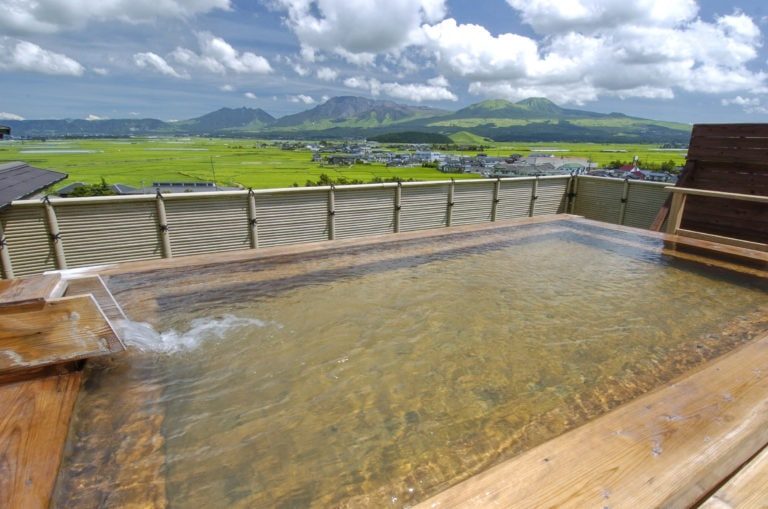
The soothing Uchinomaki Onsen hot spring bath. [Photo courtesy of Green Destinations]


